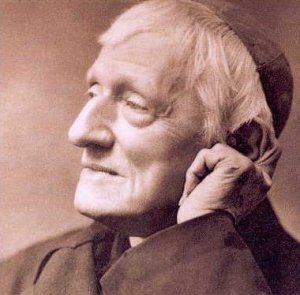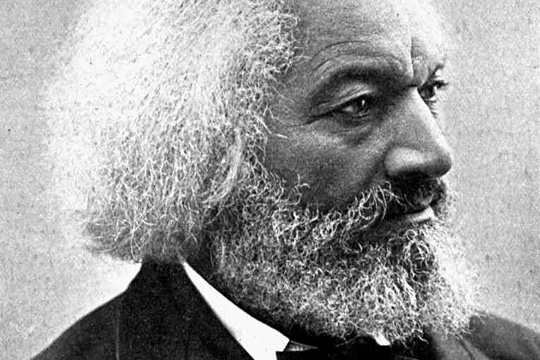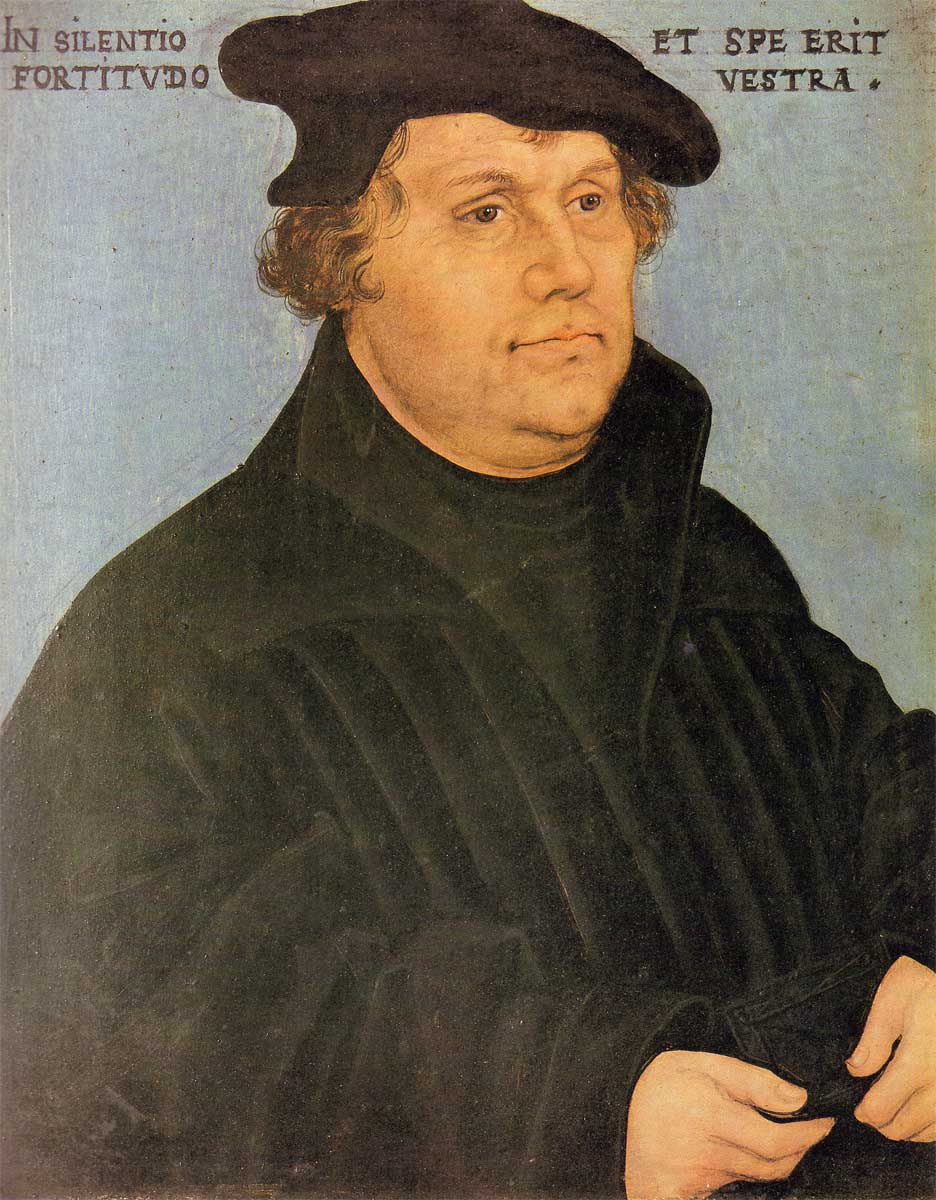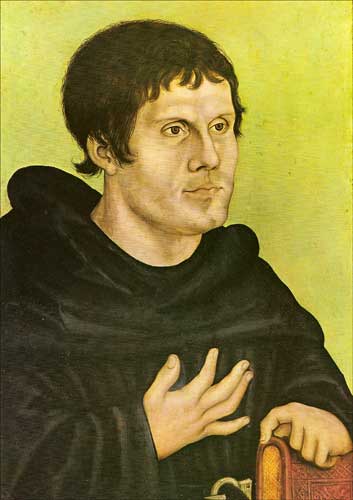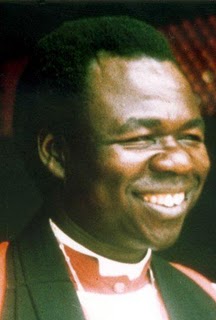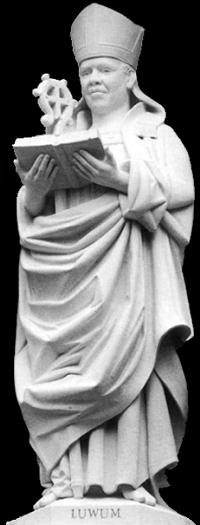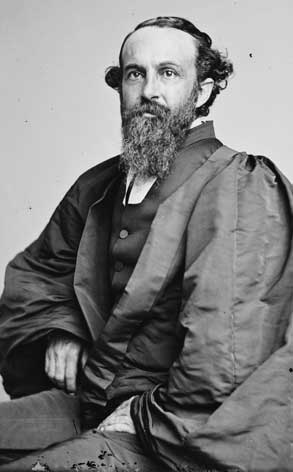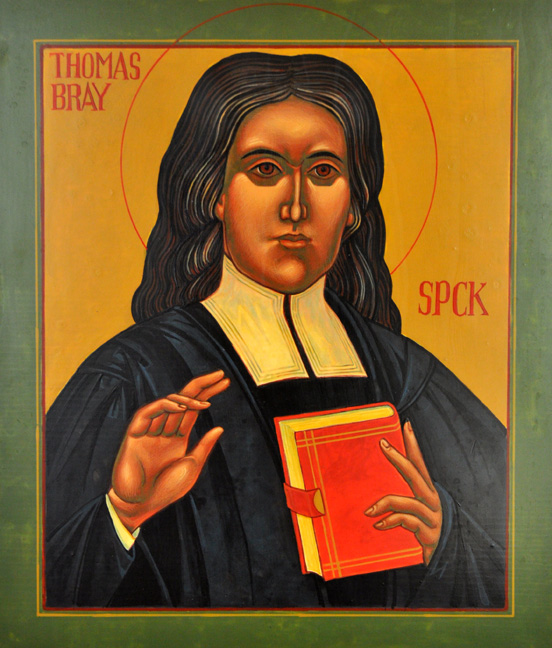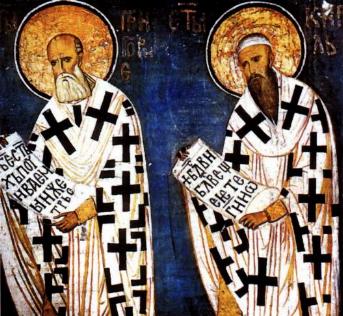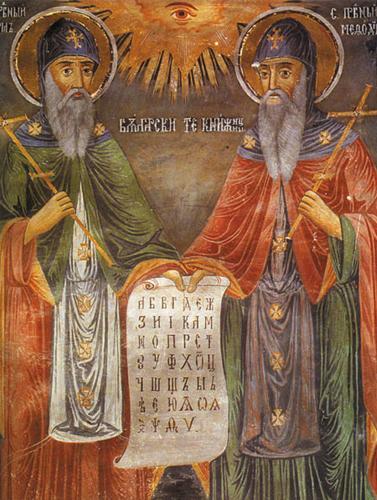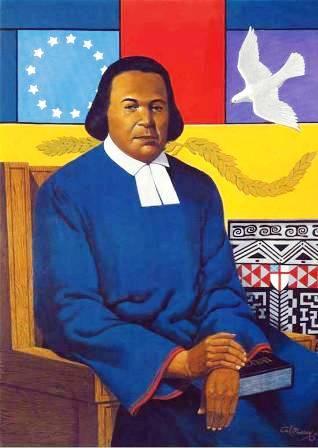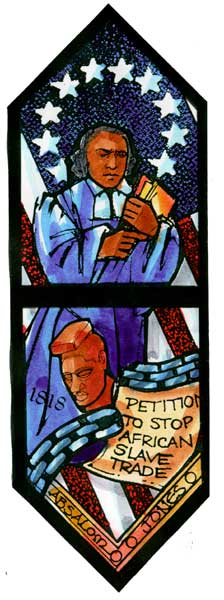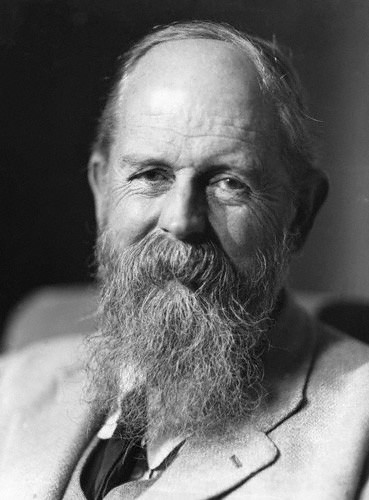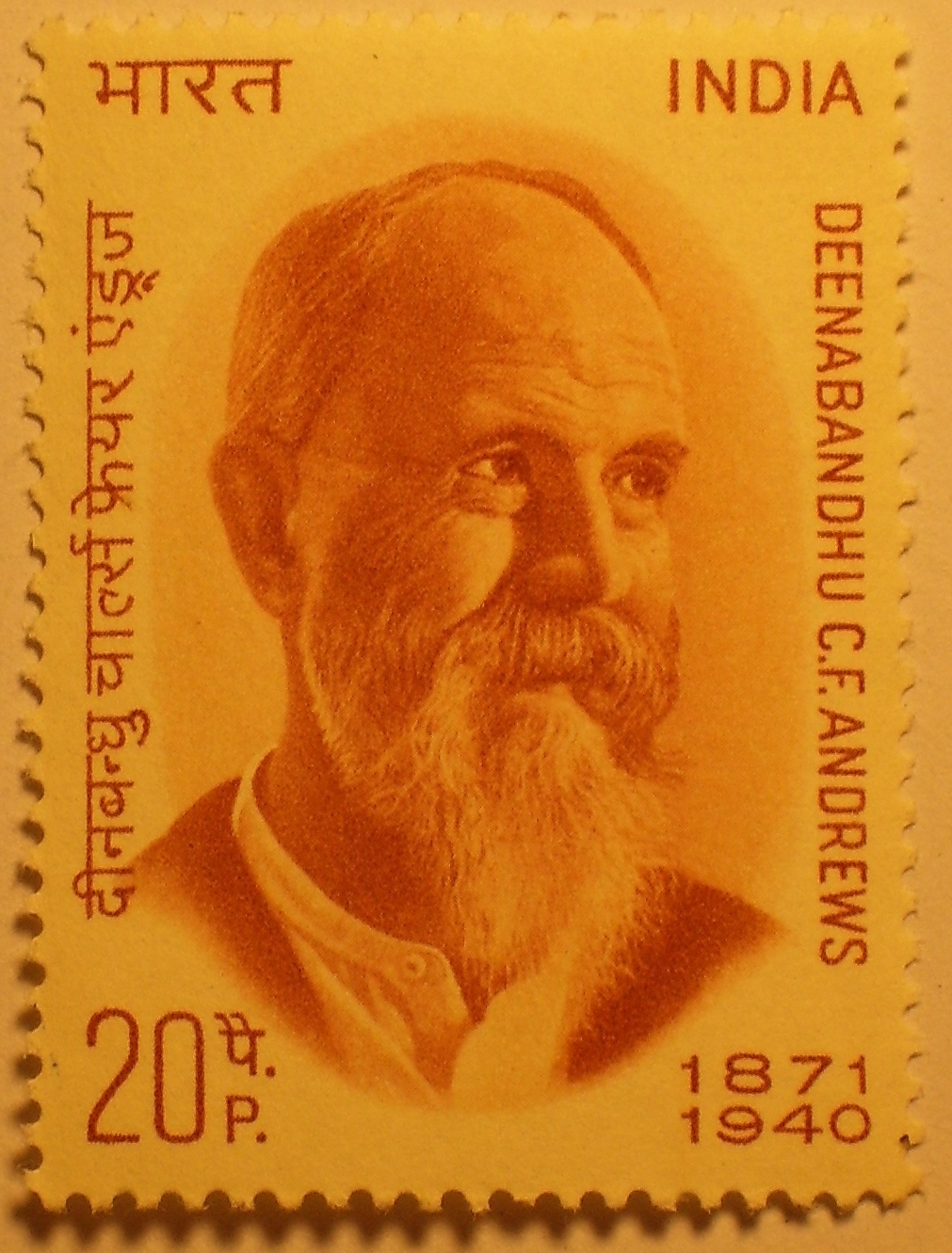Welcome to the Holy Women, Holy Men blog! We invite you to read about this commemoration, use the collect and lessons in prayer, whether individually or in corporate worship, then tell us what you think. For more information about this project, click here.
• • •
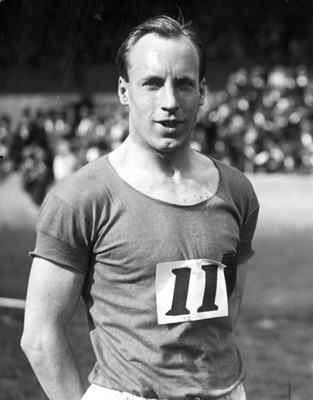
- About this Commemoration
- Eric Henry Liddell achieved international renown as an Olympic gold medalist, as an avid rugby player, and as a person totally devoted to his faith in Jesus Christ.
- Liddell was born in 1902 in China, the second son of missionary parents. At the age of six he was sent with his older brother to Eltham College, Blackheath, a boarding school for the children of missionaries. Liddell remained there until he enrolled in Edinburgh University. Liddell excelled in athletics throughout his educational career.
- Liddell won a position on the British track and field team for the Paris Olympic games of 1924. Liddell won the gold in the 400 meter, setting a world record, and a bronze in the 200 meter. His best event as a university athlete was the 100 meter and he was highly favored to win gold in the Olympics. Liddell, however, chose not to run the 100 meter because the heat was to be held on Sunday. He chose not to break his personal commitment to keeping a weekly sabbath even if that meant not running in his best event in the Olympics. The award-winning film, Chariots of Fire, is the story of Eric Liddell and his participation in Olympiad VIII.
- After his graduation from Edinburgh, Liddell returned to North China, near his birthplace, and served as a missionary from 1925-1943. He was ordained in 1932 and in 1934 married Florence Mackenzie, the daughter of Canadian missionaries to China. Together they had three daughters.
- Because of ongoing conflict between China and Japan in the 1930’s, Liddell and his family endured significant hardships. In 1941, after the Japanese invasion of Pearl Harbor, the British government advised expatriates to leave the country. Florence Liddell took the children and fled to Canada. Eric Liddell and his brother Rob stayed on and continued their work. In 1943, Liddell was interned in the Japanese concentration camp at Weihsein. Having won the respect of his captors, Liddell is remembered by camp survivors for his ministry among them. He died in 1945 shortly before the camp’s liberation.
- Collects
- I God whose strength bears us up as on mighty wings: We rejoice in remembering thy athlete and missionary, Eric Liddell, to whom thou didst bestow courage and resolution in contest and in captivity; and we pray that we also may run with endurance the race that is set before us and persevere in patient witness, until we wear that crown of victory won for us by Jesus our Savior; who with thee and the Holy Spirit liveth and reigneth, one God, for ever and ever. Amen.
- II God whose strength bears us up as on mighty wings: We rejoice in remembering your athlete and missionary, Eric Liddell, to whom you gave courage and resolution in contest and in captivity; and we pray that we also may run with endurance the race set before us and persevere in patient witness, until we wear that crown of victory won for us by Jesus our Savior; who with you and the Holy Spirit lives and reigns, one God, for ever and ever. Amen.
- Lessons
- Isaiah 40:27–31
- 2 Peter 1:3–11
- Mark 10:35–45
- Psalm 18:21–25,29–34
- Preface of a Saint (2)
- Text from Holy Women, Holy Men: Celebrating the Saints © 2010 by The Church Pension Fund. Used by permission.
• • •
We invite your reflections about this commemoration and its suitability for the official calendar and worship of The Episcopal Church. How did this person’s life witness to the Gospel? How does this person inspire us in Christian life today?
If you’d like to participate in the official online trial use survey, click here. For more information about the survey, click here.
To post a comment, your first and last name and email address are required. Your name will be published; your email address will not. The first time you post, a moderator will need to approve your submission; after that, your comments will appear instantly.
